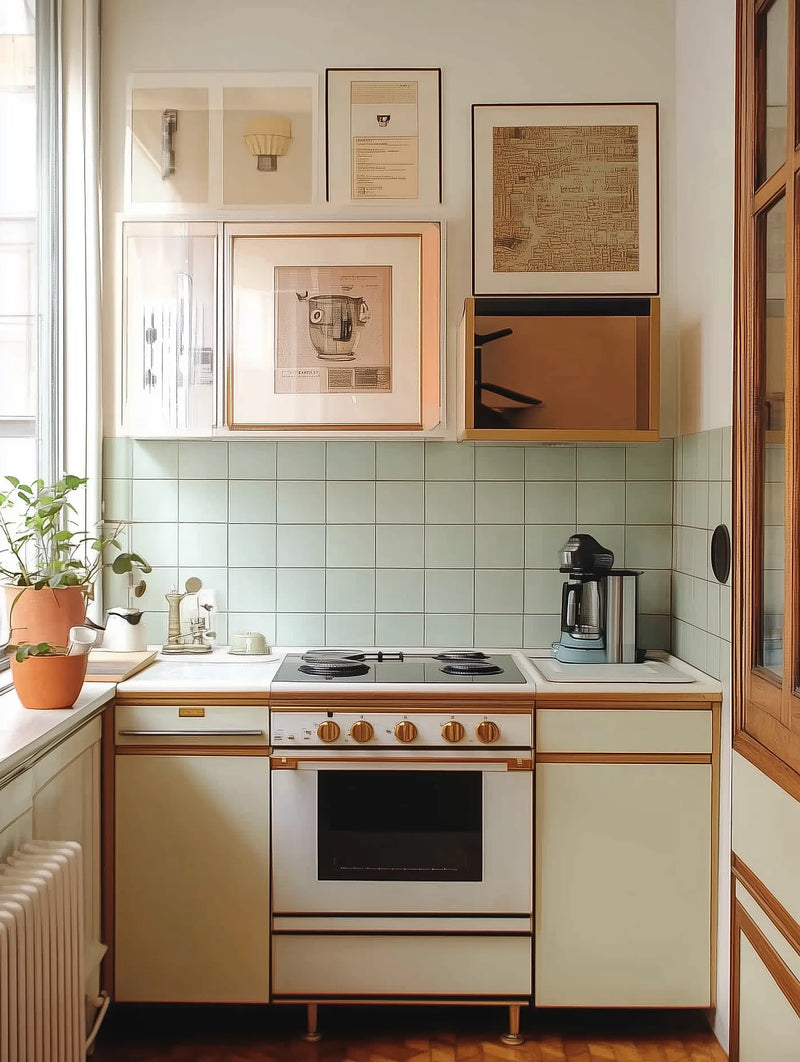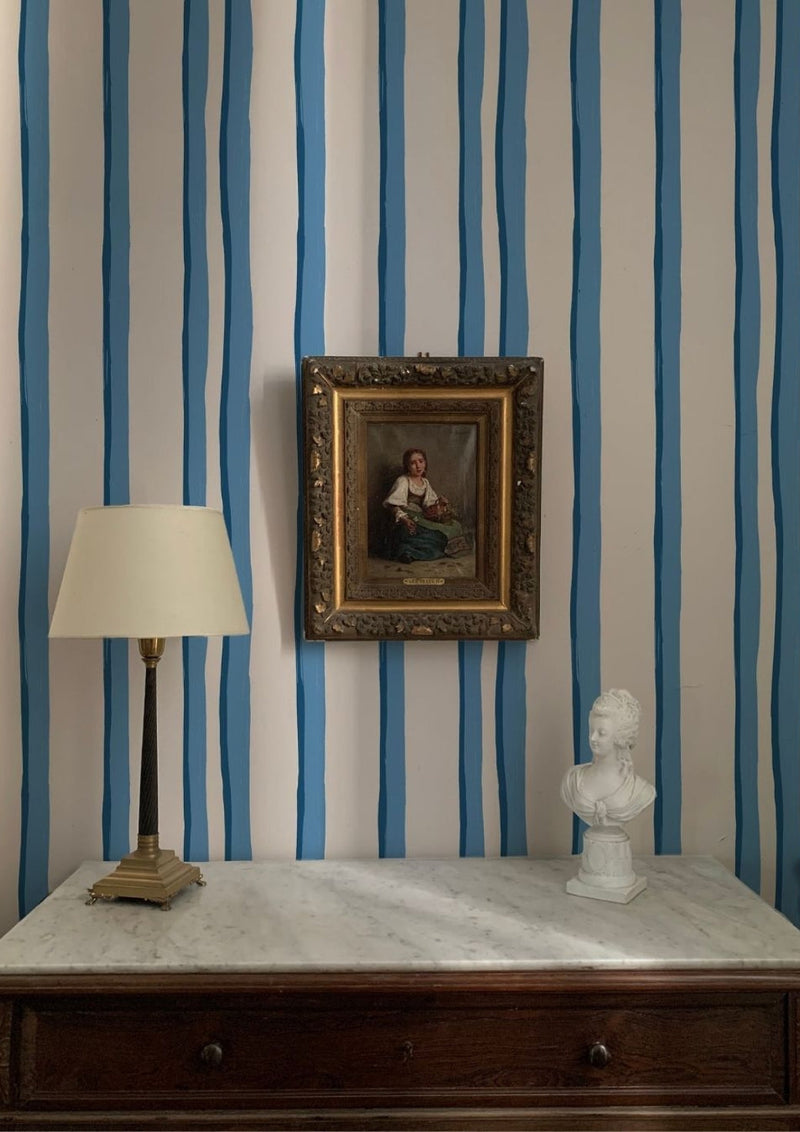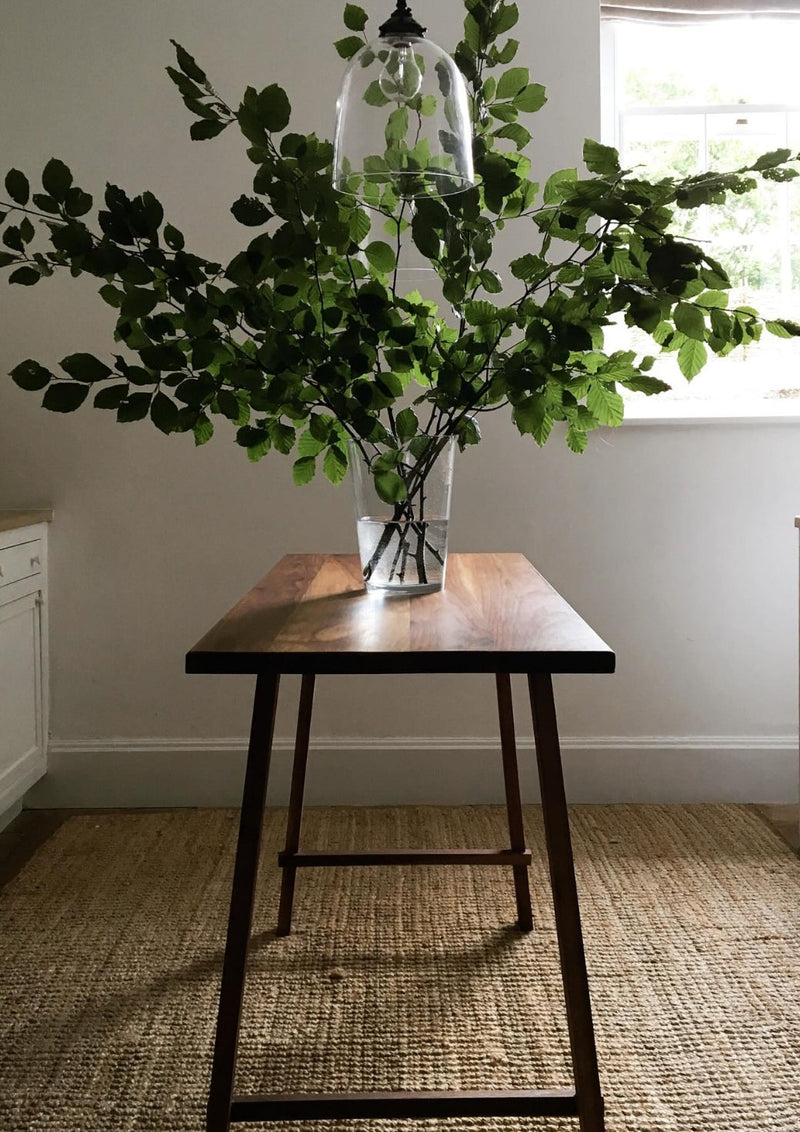This store requires javascript to be enabled for some features to work correctly.
How to Set Your Interior Design Rates: A Guide to Pricing Your Services
Pricing your services is both an art and a strategy—much like curating the perfect space. It’s not just about numbers; it’s about valuing your expertise, meeting client expectations, and ensuring sustainability. Whether you’re just starting out or fine-tuning your rates, this guide will help you craft a pricing model that truly reflects your vision, craftsmanship, and worth.
By Marie Winckler

What Factors Should You Consider When Pricing Your Services?
Pricing isn’t one-size-fits-all. It should consider the unique value you bring to each project. Here are the key factors:
Your Experience and Expertise
Are you a seasoned professional with high-profile projects, or are you starting to establish your brand? Your experience shapes your rates. Showcase your expertise—through case studies or story telling to help clients see the value in your work.
Project Scope
The level of involvement varies by project. Whether it’s refreshing a room or managing a full home redesign, define the scope clearly to ensure your pricing reflects the effort required.
Market Research
What’s the market rate in your area? While competing on price might be tempting, positioning yourself as a premium provider is more sustainable. Maison Flâneur’s emphasis on bespoke design is a perfect example of how to set yourself apart without undervaluing your work.
Are you an Interior Designer?
Join our Trade Program—a curated community of design professionals with exclusive access to bespoke pieces, trade pricing, and personalised support.

What Pricing Models Do Interior Designers Use?
Choosing the right pricing model is essential for transparency and profitability. Here are three popular approaches:
Hourly Rates
Ideal for projects with undefined scopes, this model charges based on time spent consulting, sourcing, and managing. Rates typically range from £50 to over £200 per hour, depending on your expertise.
Fixed Fees
A fixed fee works well for defined projects, offering clients clarity on costs. For instance, charging £10,000 to design a three-bedroom home provides upfront transparency and builds trust.
Percentage of the Project Cost
This method ties your fee to the overall project budget, often 10-20%. It’s ideal for large-scale projects with high budgets, as your compensation grows with the project’s scope.

How Do You Communicate Your Rates to Clients?
Your pricing is only as good as your ability to explain it. Here’s how to ensure clients understand the value:
Be Transparent
Provide detailed breakdowns of services and associated costs. Clients appreciate clarity and trust designers who are upfront.
Show Value
Explain how your work will transform their space and their lifestyle. Reference Maison Flâneur’s curated collections to illustrate how thoughtful design brings personality and something unique to a home.
Offer Tiered Options
Not all clients have the same budget. Create tiered packages to accommodate different needs while maintaining profitability.

How Can You Adjust Your Rates Over Time?
Your pricing should grow with your skills and reputation. Here’s how to navigate rate increases gracefully:
Evaluate Regularly
Assess your rates annually to ensure they match your expertise, market trends, and the value you offer.
Communicate Changes Clearly
If you raise your rates, inform clients well in advance. Frame the adjustment as a reflection of the enhanced value and expertise you bring.
Justify Premium Pricing
Introduce exclusive services—like collaborations with artisans or custom sourcing—to reinforce your value.
FAQ
What should I charge as a beginner?
Beginner designers typically charge £50-£100 per hour or offer flat fees for smaller projects. Start modestly, then adjust as your portfolio grows.
Can I combine pricing models?
Absolutely! Many designers blend models, such as charging hourly for consultations and a fixed fee for execution.
Should I charge for an initial consultation?
This depends on your business strategy. Offering free consultations can attract clients, while charging establishes the value of your time.


































